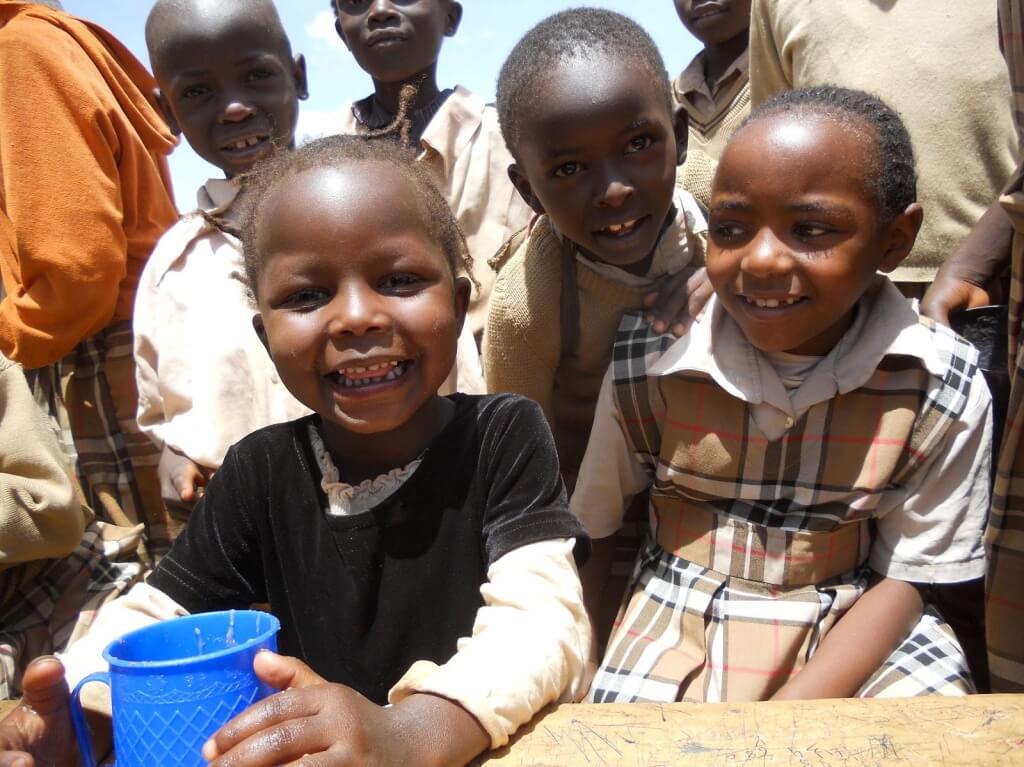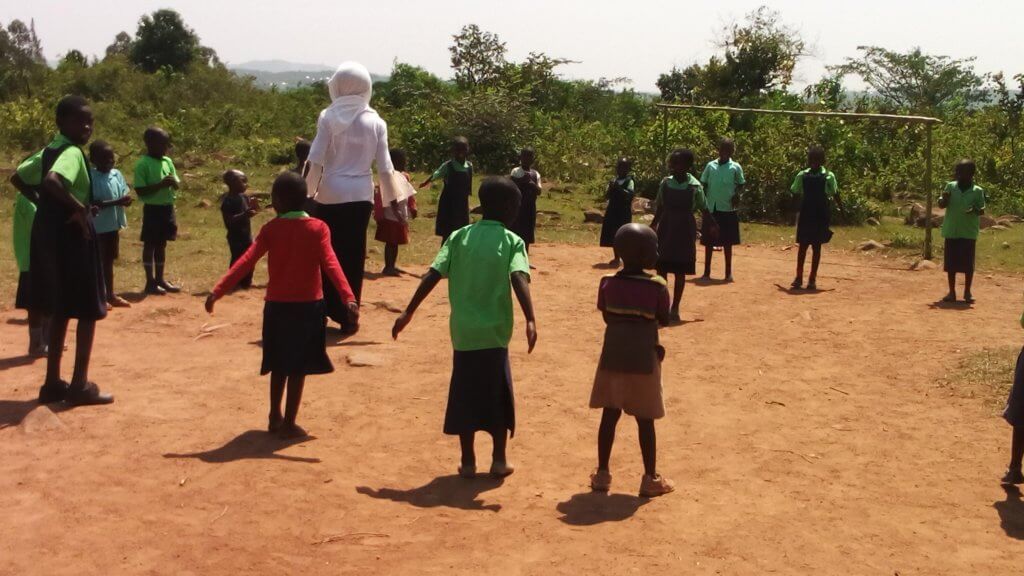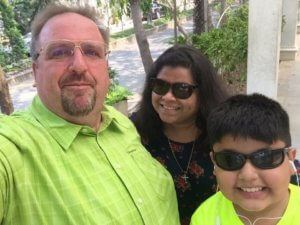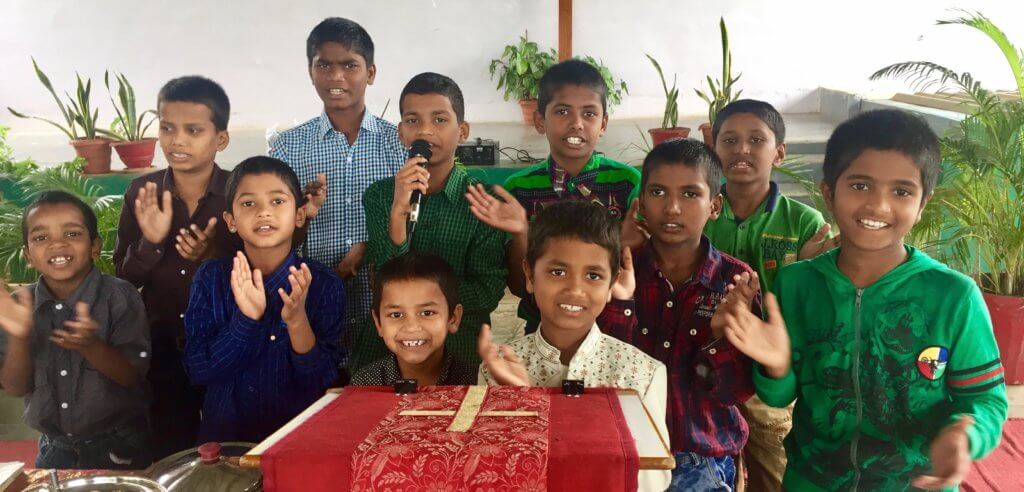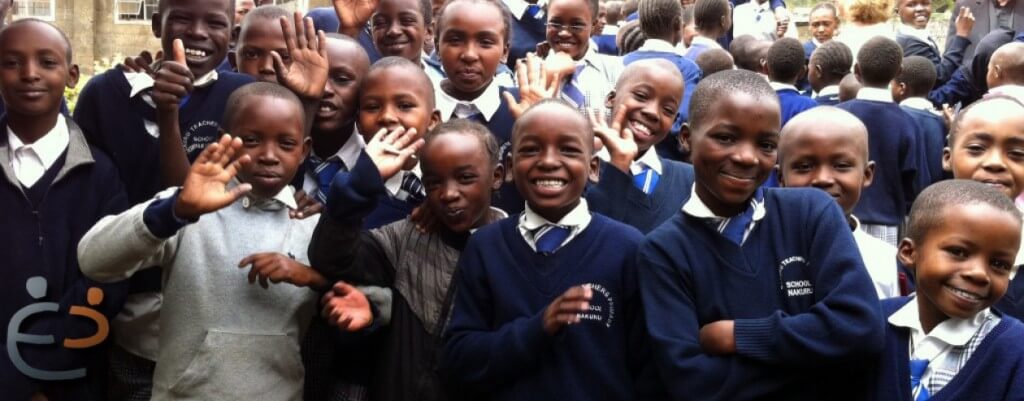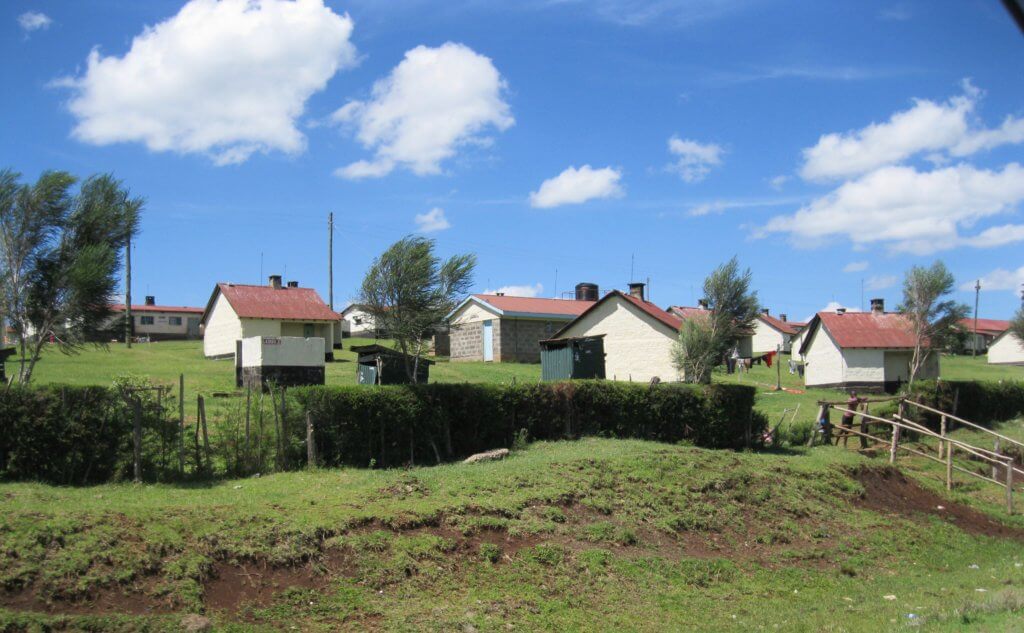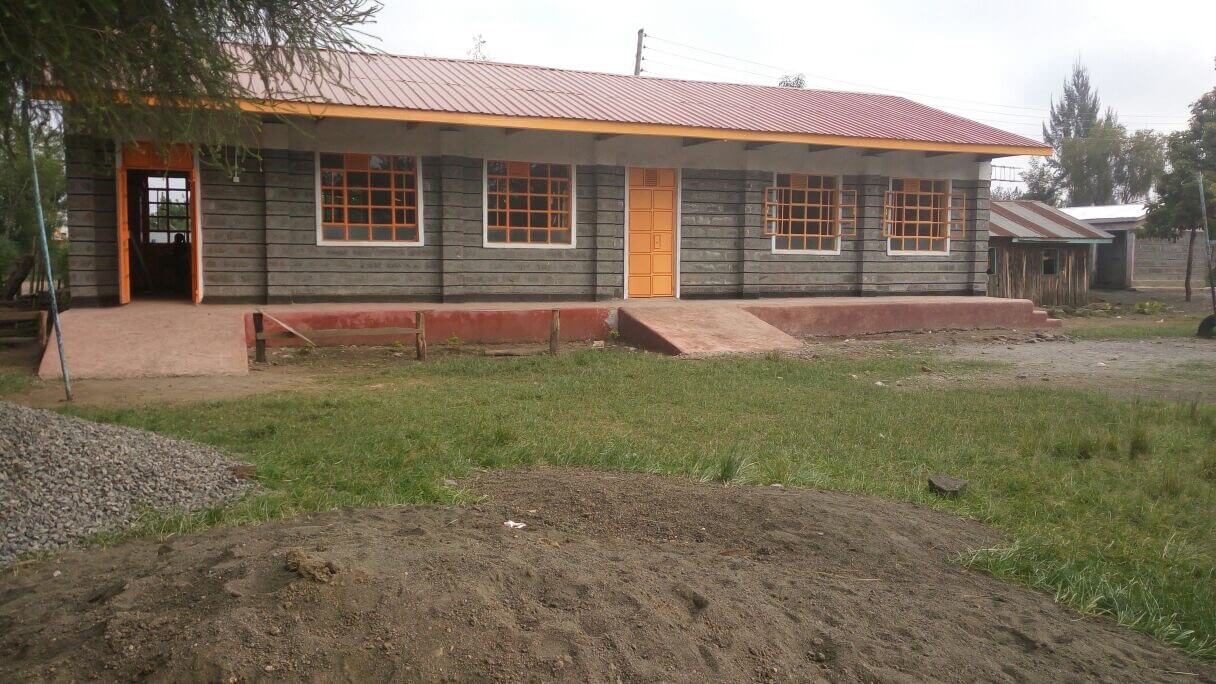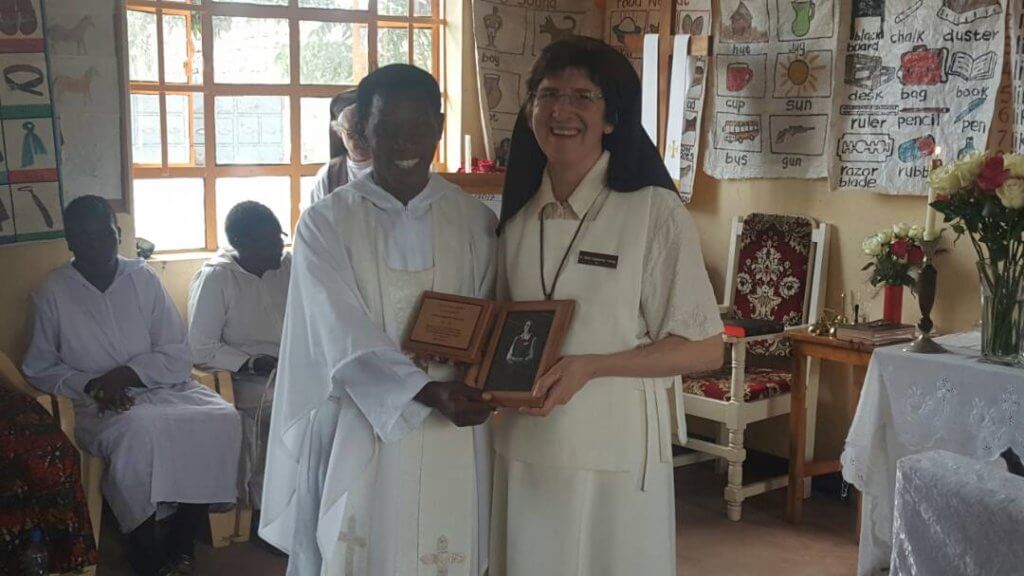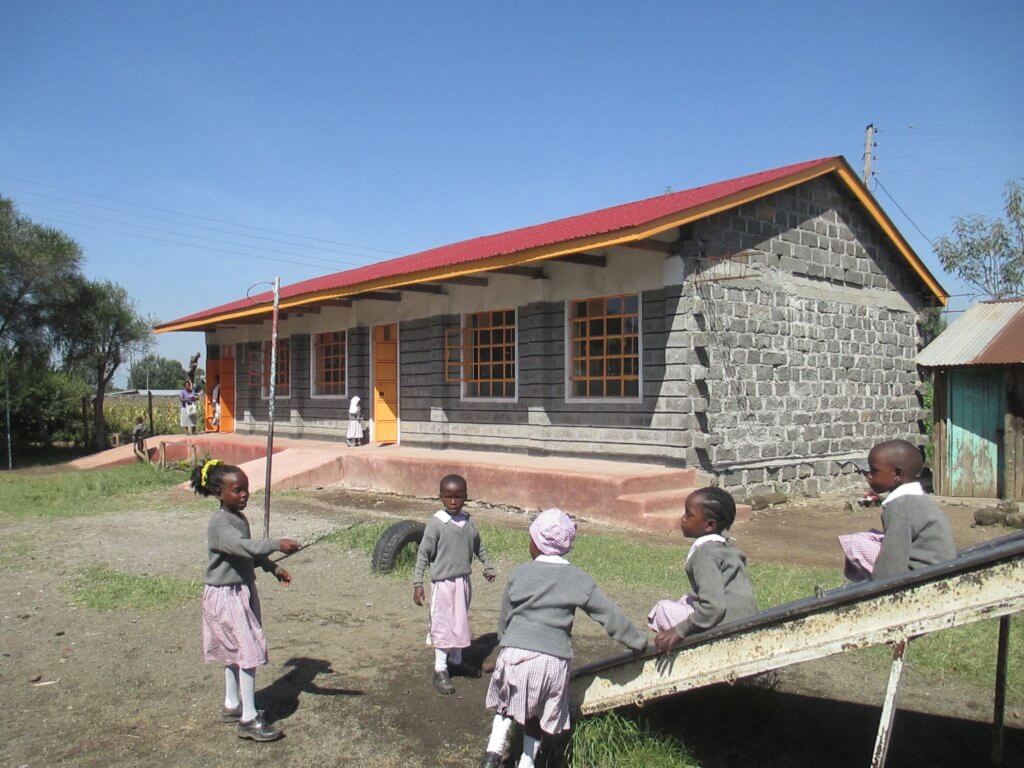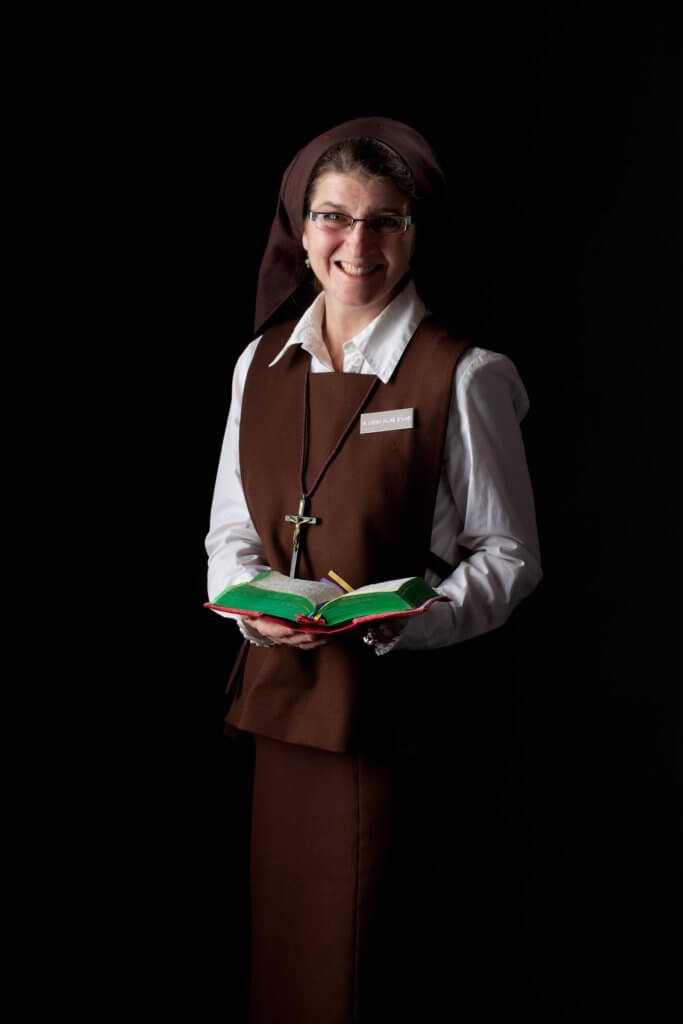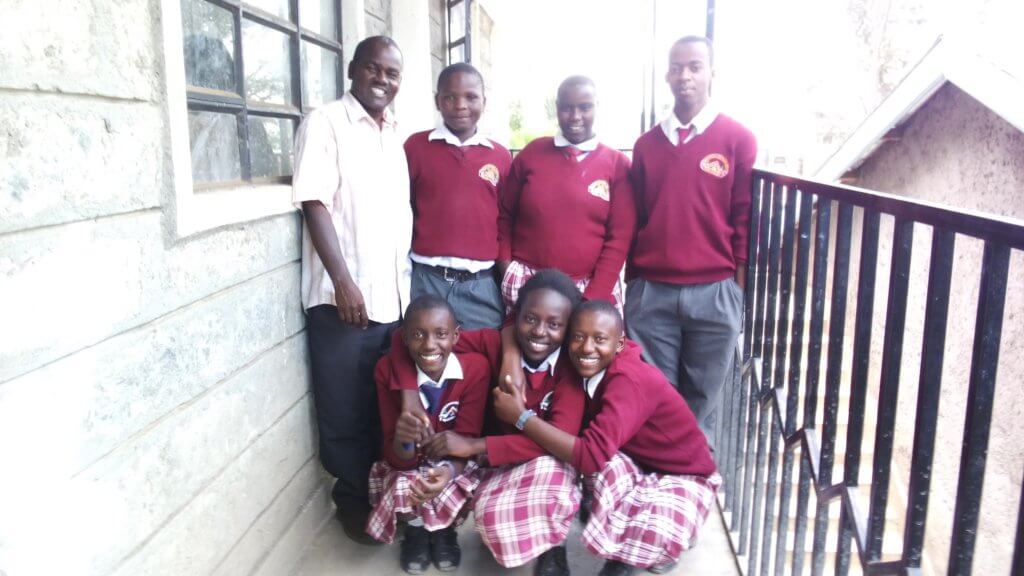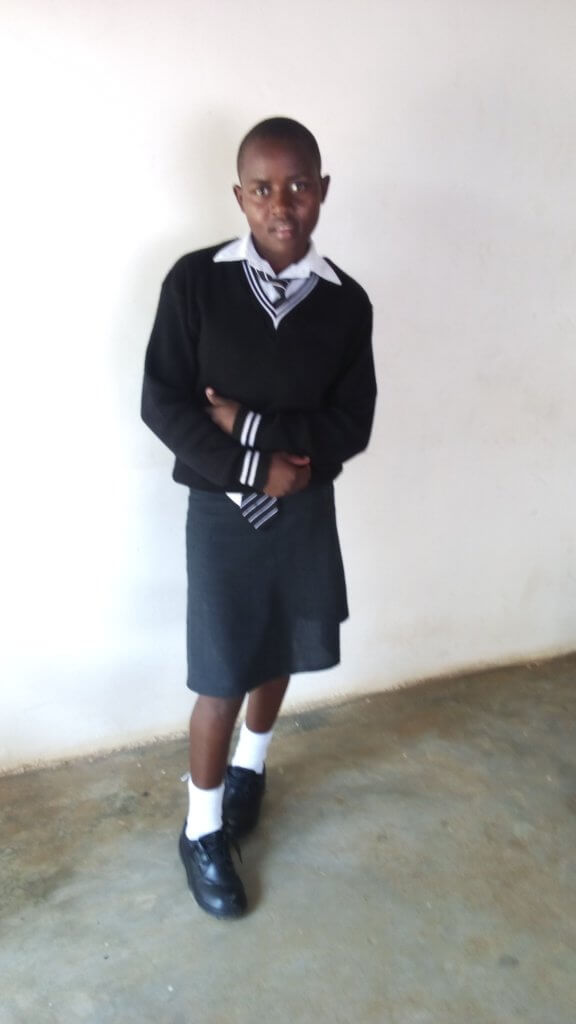The Job Interview
My first job interview was not very noteworthy.
Our neighbor across the street asked my mother whether I would be interested in babysitting for her two little boys. The “interview” took all of two minutes and included questions like “Do you know how to make a peanut butter and jam sandwich?”, and “Are you comfortable changing a diaper?”. I felt so important when they asked me to stay at their house all by myself, even though I was a mere twelve years of age. (Of course my mom was within shouting range should anything go awry.)
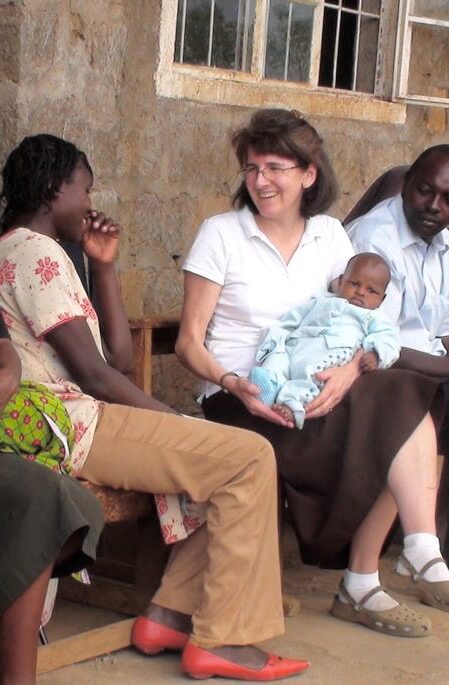
Several years later I interviewed for my first teaching position. This was more serious and required an actual résumé, as well as the right clothes for the occasion. Plus I needed some practice on how to win the confidence of those conducting the interview. “Confidence” was certainly key. I was confident that I could do the job, but I was less confident that I could win the approval of the interviewer. I remember feeling nervous, even anxious and unsure, and then finally elated when I was offered the job.
Mentoring and Training
That experience taught me how to conduct myself during an interview, but there was a lot of mentoring and training that led up to that event. And privilege. It’s important to note that I was privileged to know people who invested their time to tell me how to conduct myself in an interview. What’s more, I was blessed to have a family who cared enough to teach me how to treat my fellow human being. They taught me the importance of understanding and pursuing my passion in life. They also showed me the importance of making a difference in the world. All of this added up to my eventual success at landing a job I really wanted.

Mentoring +Training = Confidence
Today I am painfully aware that there are millions of children growing up in our world who don’t have access to this kind of mentoring. They are everywhere, but the ones I am most conscious of are the high school students we serve in Kenya. Most are orphaned, and all are at risk of not making it once they graduate.
Two years ago William Aludo pioneered the Mentorship Program that is available to the orphaned 11th and 12th grade students we support. These children are about to step out and make their marks on the world. The program explores questions that teenagers commonly face, such as “who am I?” and “what is my passion?” The goal is to give students confidence in themselves and in their abilities, and teach them that they can make a difference in the world.
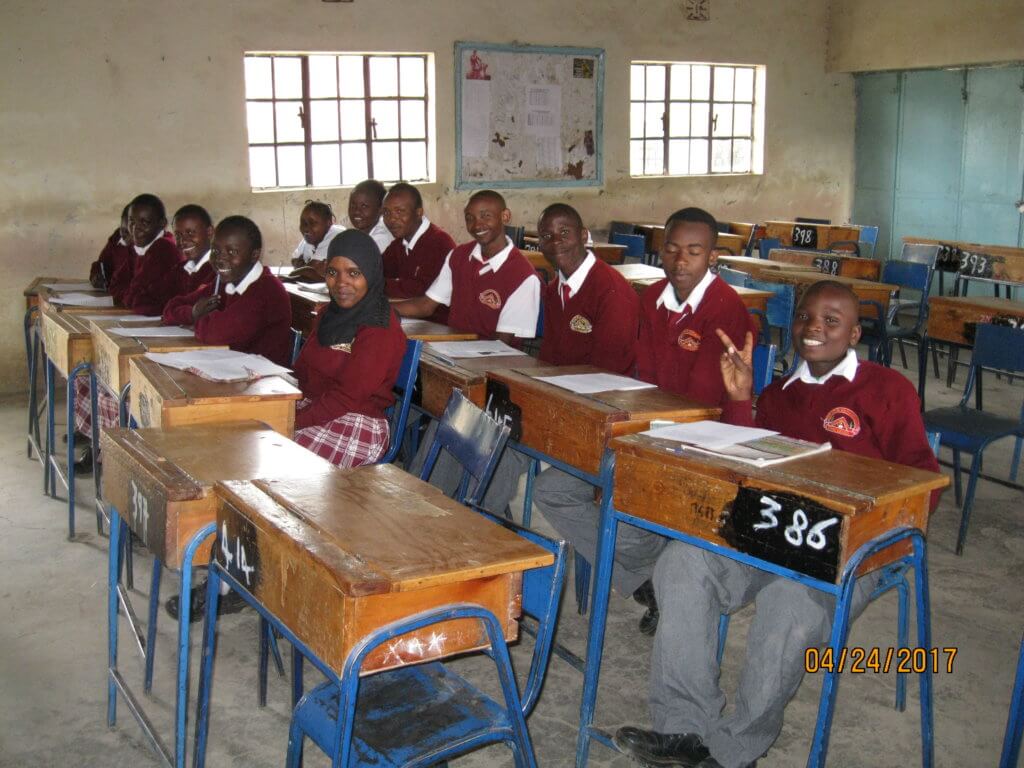
Success
I believe that success begins with knowing who we are and ends with identifying and pursuing what we are good at doing. A child who has a sense of who they are is better equipped to handle life’s challenges. A confident child is also more likely to identify and pursue his or her vocation or career. Children who grow up in a safe, loving environment have easy access to this kind of success. But this success is more elusive for those who grow up in uncertainty or without the involvement of a caring family.
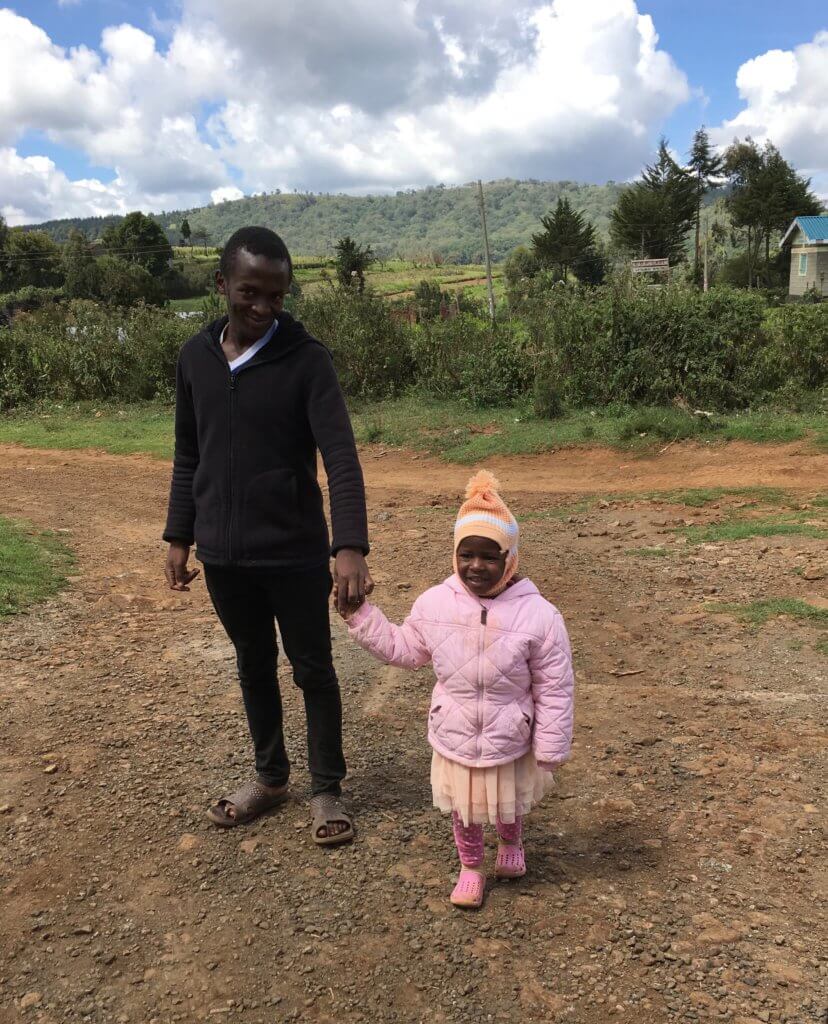
Our Goal
This coming year we want to expand on the accomplishment of this unique mentorship program. Our goal is to help more students gain confidence in themselves and achieve their full potential as active citizens in the future of Kenya. Whether they want to be a farmer, a doctor, a driver or a teacher, we want to equip them to be the best at what they will do. If you would like to join us in this endeavor, please click here to donate to Everyone’s Child. Please give generously. Your gift will make a long-term impact in the lives of children who with our help can make a difference in Kenya.
As always, thank you, and blessings to you and your families in this holiday season.
Ruth
everyone’s child: they belong to all of us



